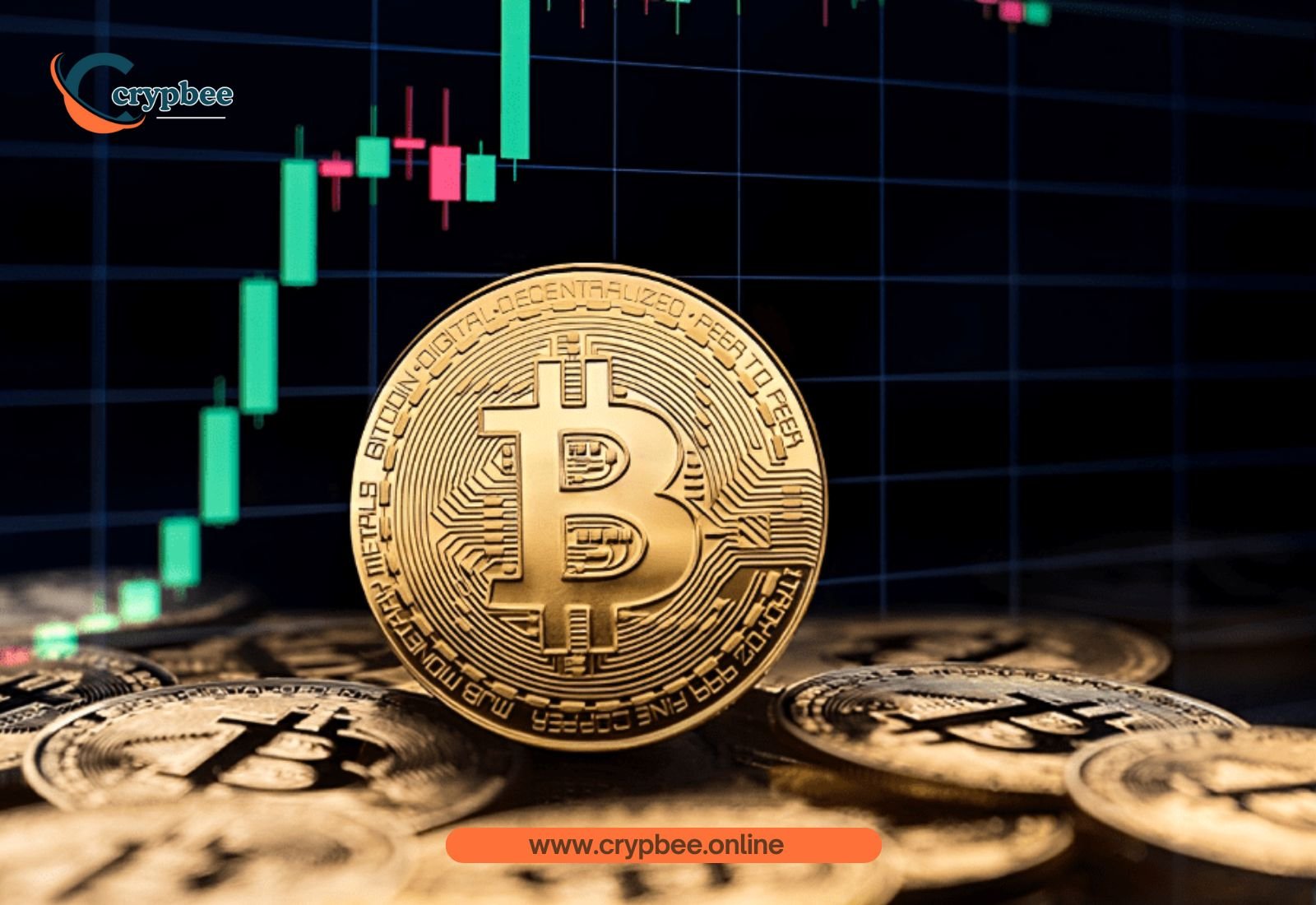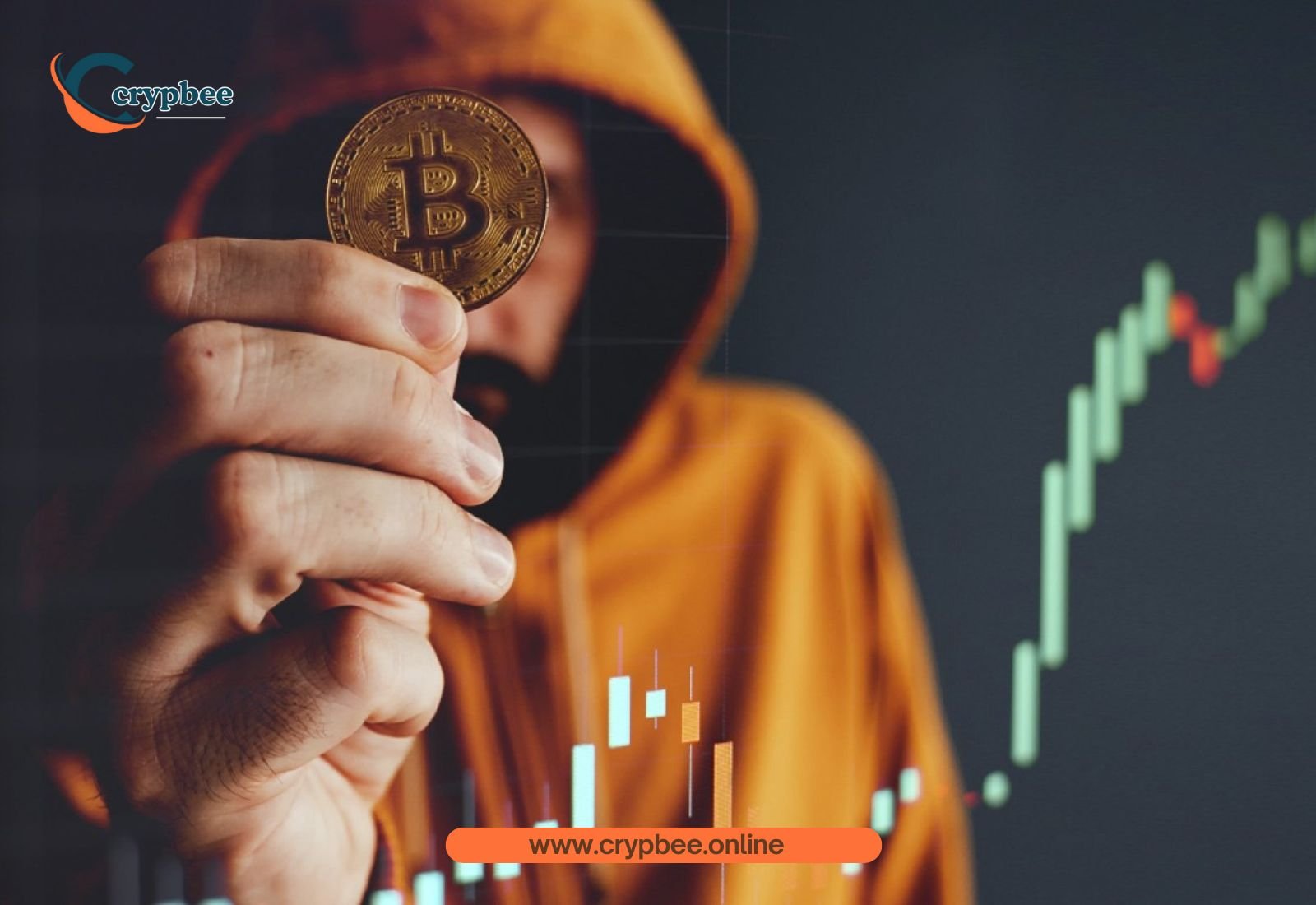Banking system has not changed a bit over the past decades and decades and the traditional system has continued to exist in the form of centralized institutions, intermediaries, payment of charges, paper work, delays and inaccessibility to the unbanked. This all has changed though, over the past years. It is known as the DeFi, or Decentralized Finance revolution, and it is a blockchain-backed movement reshaping the way the world deals with money.
DeFi: The Making of a New Financial Paradigm
DeFi is a term used to describe a collection of financial products or services founded on decentralized blockchain, mainly Ethereum. In comparison to traditional banking, where central authorities (such as your bank or government) control your money and information, DeFi enables peer-to-peer transactions via smart contracts, and there are no intermediaries at all.
DeFi is intended to recreate and substitute all possible financial services: lending, borrowing, saving, trading, insurance, and asset management, yet without control.
Think of obtaining loans without the use of a bank, interest deposits that you do not apply to a savings account, or assets that you exchange without using a brokerage. That is what DeFi makes possible.

Major DeFi Fundamentals
To grasp the DeFi world one must have some knowledge on a couple of major elements:
1. Smart Contracts
Smart contracts are blockchain-based coded scripts. They enforce agreements between the parties- eliminating issues of trust and needing a third party to enforce the rules.
Case in point: once you put up some collateral to borrow crypto, a smart contract will guarantee that you will repay it before you recoup your deposit it- the banker is replaced by a smart contract.
2. Decentralized Exchange (DEXs)
As opposed to traditional exchanges (e.g. Binance or Coinbase), DEXs such as Uniswap, SushiSwap, and PancakeSwap enable you to trade crypto directly with your wallet without any custodial control. DEXs do not utilize order books; they employ liquidity pools.
3. Liquidity Pools
These are pools of funds that are secured in a bravado contract. Investors (also known as liquidity providers) place their funds in the game and get a transaction percentage or incentive. It supports the majority of DEXs and yield farms.
4. Borrowing and Lending Protocols
Crypto lending platforms such as Aave, Compound, and MakerDAO allow individuals to lend their crypto asset and earn interest or borrow assets by depositing collateral. This is an open, automated and 24/7 global accessible system.
5. Stablecoins
They are the cryptocurrencies that are linked to real assets such as the USD. USDT (Tether), USDC, and DAI are popular. These stablecoins offer stability in the very volatile market and have popular applications in DeFi.
Why DeFi is important to Global Economy?
Open Access
DeFi is open-accessor–no documents, no KYC (Know Your Customer), and no gatekeeping. DeFi services are accessible to any person with a smartphone and internet access.
Transparency
Everything is registered on open blockchain. You will be able to trace the flow of your money, confirm the contracts, and check the historic data on the fly.
Censorship Resistance
DeFi protocols do not custodial. This implies that no centralized entity will be able to freeze your account, block your funds or censor your activities.
Financial Inclusion
This number is over 1.4 billion unbanked individuals in the world (World Bank, 2023). The DeFi allows them access to the financial world without requiring a physical bank or credit history.
DeFi in the Real World
Passive Income: Users can have passive revenues by staking crypto or engage in yield farming to gain competitive APYs (Annual Percentage Yields).
Decentralized Insurance: Systems such as Nexus Mutual provide insurance coverage in case of smart contract breaches and exchanges being hacked.
Transnational Payments: Transnational transfer of value is easy and fast with stablecoins and only requires a small fee.
Synthetic Assets: A project such as Synthetix enables people to buy and sell stocks, fiats, and commodities using the blockchain without owning the underlying asset.

Risks and Challenges of DeFi
There is always a perfect system, and DeFi is just a baby. The following is a list of some of the important questions:
Bugs in Smart Contracts
Vulnerabilities can be created by poor code writing. Others have had their DeFi protocols exploited costing them millions.
Rug Pulls & Scams
With DeFi being open-source, anyone can make a token or platform. Investors could end up with scam projects without doing their due diligence.
Volatility & Liquidation
In the event of a market crash, collateralized loans are likely to be targets of liquidation. Your collateral may be lost in the event of a reduced asset price.
Regulatory Uncertainty
The governments of other countries are struggling to understand how to regulate DeFi. New laws might affect the functioning of DeFi protocols.
DeFi vs Traditional Banking
| Feature | Traditional Banking | Decentralized Finance (DeFi) |
|---|---|---|
| Accessibility | Limited by geography, ID | Global, permissionless |
| Intermediaries | Banks, institutions | None (smart contracts only) |
| Transaction Speed | Hours to days | Seconds to minutes |
| Fees | High, hidden | Lower, transparent |
| Transparency | Closed systems | Open-source, on-chain |
| Control Over Assets | Bank-controlled | User has full custody |
| Interest Rates | Low (0.01% – 1%) | High (3% – 20%+ on DeFi platforms) |
FAQs: What People Ask About DeFi
What does DeFi stand for?
DeFi stands for Decentralized Finance, a financial system built on blockchain technology that doesn’t rely on central authorities like banks.
Is DeFi safe?
DeFi offers high transparency and security but comes with risks like smart contract bugs, scams, and volatile markets. Always research and use audited platforms.
Can I use DeFi without KYC?
Yes, most DeFi platforms are permissionless and don’t require KYC. You only need a crypto wallet like MetaMask to get started.
What can I do with DeFi?
You can lend, borrow, stake crypto, earn interest, trade assets, and even buy insurance—all on a decentralized network.
Is DeFi better than traditional banking?
DeFi offers speed, accessibility, and transparency. However, traditional banking still provides stability, insurance, and regulatory protection. The ideal future may involve a hybrid of both systems.
Is DeFi the Future of Banking?
The DeFi revolution is not just about technology—it’s about financial empowerment, inclusion, and decentralization. While traditional banking is slow to evolve and often excludes the underserved, DeFi opens the gates of financial services to the masses.
Yet, DeFi is not a flawless solution. It must overcome its own hurdles—regulatory challenges, security flaws, and scalability issues. But one thing is clear: DeFi is challenging the status quo of global finance and pushing us toward a future where finance is transparent, borderless, and user-controlled.

